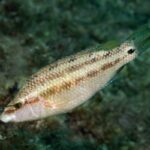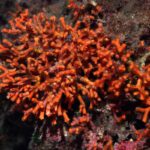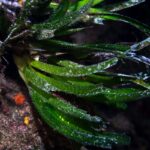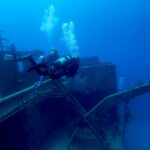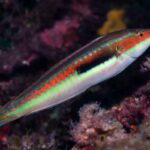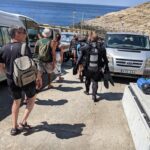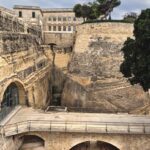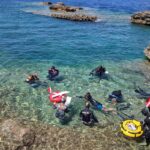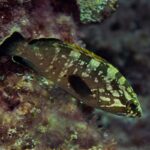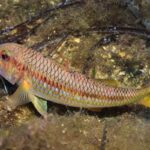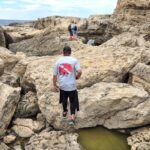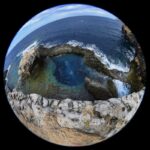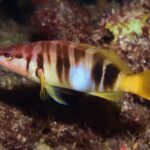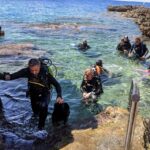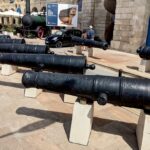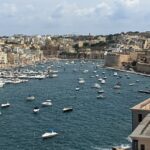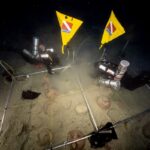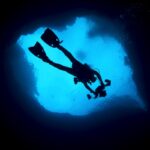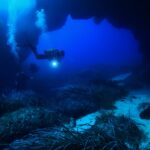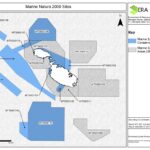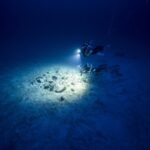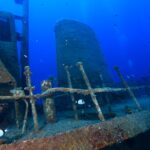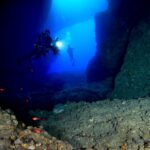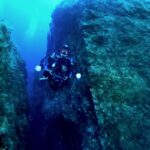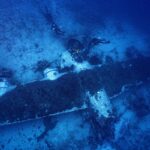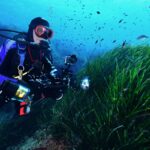The Mediterranean Sea begins at the pinch point where the Rock of Gibraltar strains to meet Morocco to the west and crashes on the shores of Syria, Israel and Lebanon to the east. Europe stretches to the north and Africa to the south. It is a body of water that is home to a rich history of civilizations past and present that have plied these waters for economic benefit, cultural exchanges and furious conflicts.
And in the center of this legendary sea is the archipelago of Malta.

The historical fortification wall around the city of Valletta
The islands of Malta, Camino and Gozo lie just one hour south of Sicily by fast boat and due north of Tripoli in Libya. Strategically important because of their location in this vast body of water, Malta has been fought over for generations by various empires and nations, all seeking to establish dominance over the region by ruling these islands.
Words & Photos by Michael Salvarezza and Christopher P. Weaver
The Phoenicians, Romans, Byzantines, Normans and Ottomans are among the empires that have ruled these islands at one time or another, along with the Spanish, French and most recently the British.
During the Second World War, Italian and German forces relentlessly bombed these islands in an effort to conquer Malta and gain control of the Mediterranean. The legacy of these merciless attacks is palpable across the landscape of these islands and has also resulted in an underwater collection of historically important shipwrecks, submarines and military planes that are meticulously being documented and strictly protected for future generations.
Today Malta is an independent republic, a vibrant center of culture in Europe and, for divers, an exquisitely interesting dive destination.
No visitor to Malta can miss the rich history of the archipelago, which first saw inhabitants arrive around 5900 BC, but first we intended to dive!
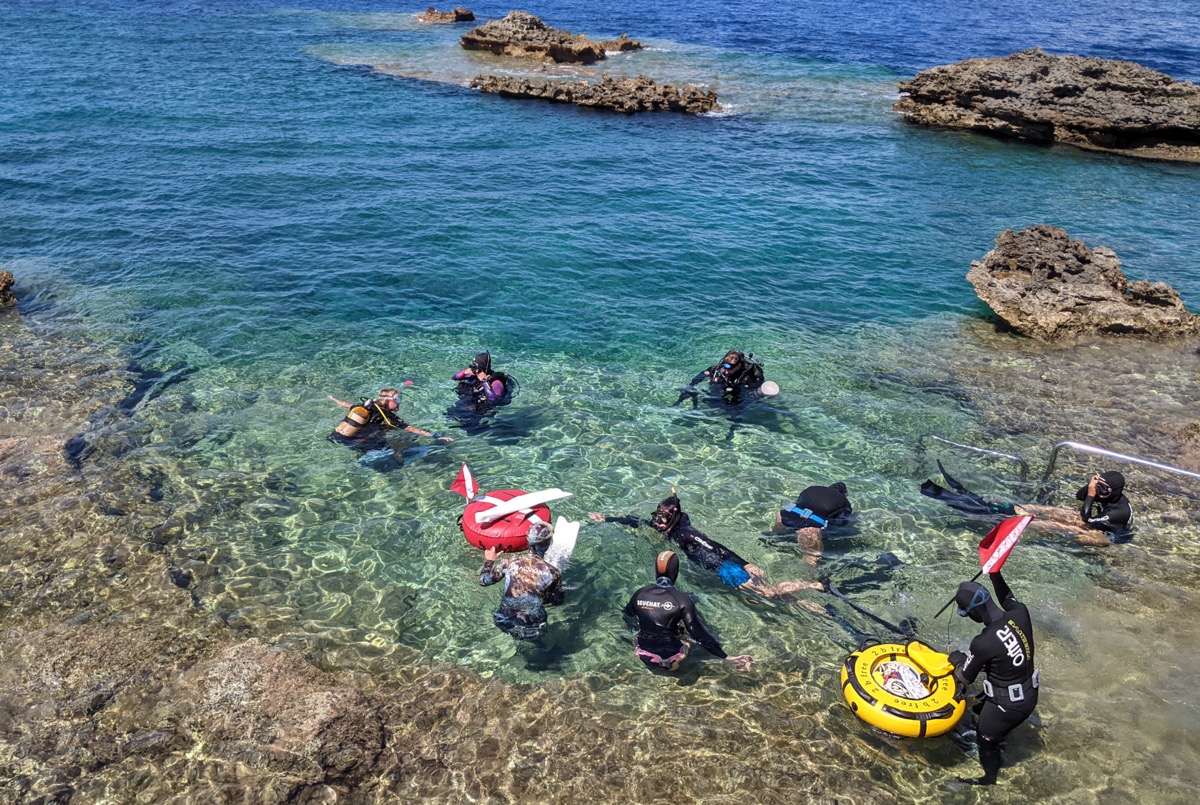
Divers prepare for a dive
Our first dives took us to Cirkewwa, a popular shore diving spot for recreational divers on the northern tip of Malta. In addition to reefs and other geologically interesting sites, Cirkewwa is home to two small purposely sunk vessels, the P29 Patrol Boat and the Rozi Tugboat.
Stepping down a convenient staircase into the clear waters of the Mediterranean we were instantly transfixed by an underwater landscape that was very different from that of a typical coral reef. Here, giant boulders and rock formations created a playground for recreational divers exploring swim throughs, small caves and numerous nooks and crannies. The walls of rocks tumbled down to more than 100 feet where a sandy bottom beckoned.
In shallower depths, dense beds of seagrass, known as Neptune Grass, swayed in the gentle surge. Seagrasses are known as ‘the lungs of the sea” because of their ability to absorb huge amounts of carbon while oxygenating the waters and are currently being protected by regulations in Malta.

Seagrass is an essential element of a healthy ecosystem
As our focus became sharper, we started to notice the marine life darting in and around the rocks. Brilliant red colored Mediterranean parrotfish caught our eyes, as did the various species of Bream darting in and out of the seagrass. Perhaps the most dominant species seemed to be the small Damselfish that swirled in clouds above the rocks; they reminded us of the ubiquitous Anthias in the indopacific!
After a surface interval spent enjoying lunch from a nearby food truck, we entered the water again, this time headed for the P29 patrol boat wreck. P29 was a former patrol boat for the Maritime Squadron of the Armed Forces of Malta. She was intentionally sunk in August 2007 to create a dive site. She now lies on a sandy bottom bed in around 105 feet of water.
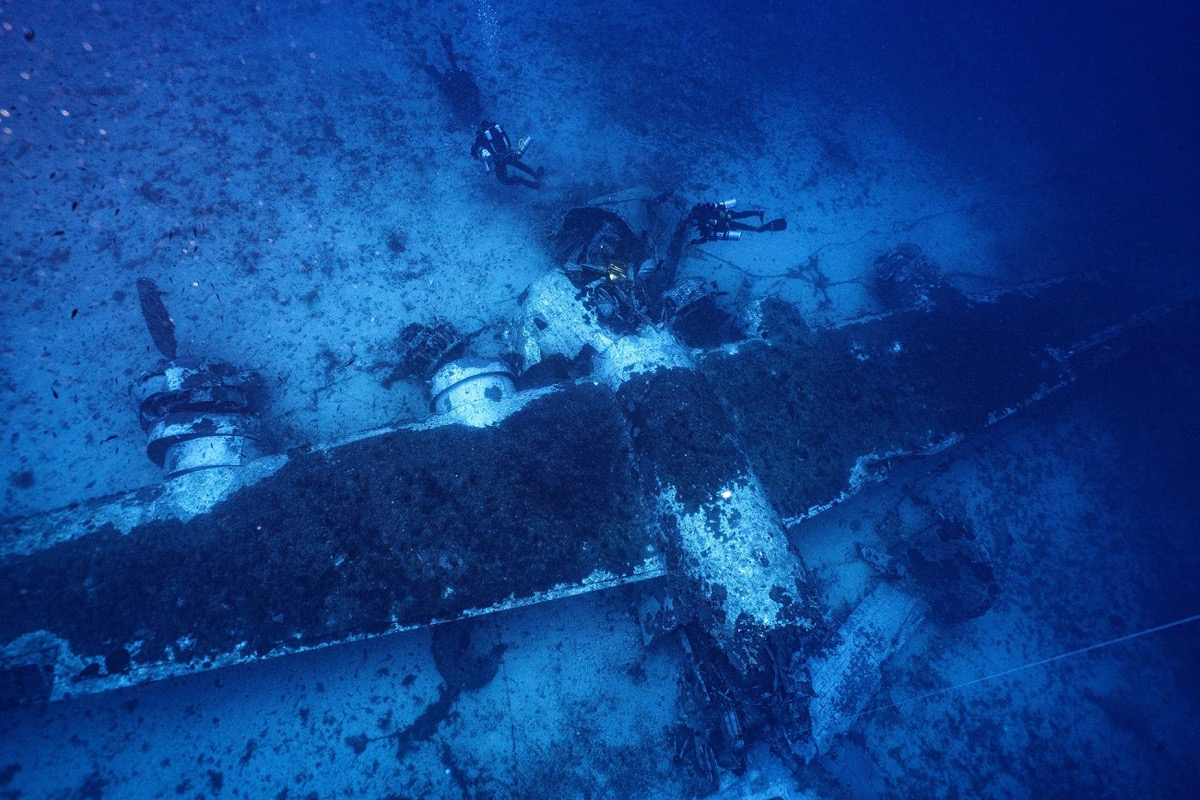
The remains of a B24 Liberator on the sea floor (photo courtesy of the Malta Underwater Heritage Unit)
The swim to the wreck was done in mid-water, with the bottom visible some 70 feet below in the crystal-clear waters of Malta. After about 10 minutes of swimming, the wreck began to emerge from the edges of visibility and we descended. In the P29, we found an interesting military relic, with a machine gun still located on the forward deck. Many divers pose for pictures with the gun, but we were more interested in the tiny yellow and black colored Blenny that was making his home there!
Our next day of diving took us back to Cirkewwa, this time to visit the Arch and then make our way to the Rozi Tugboat wreck. It was September, and we found the water temperatures a very comfortable 78-82 degrees, making a 3mm suit more than adequate as thermal protection. However, as nice as this felt, this is unusually warm for the Mediterranean, and is a sign of the effects of climate change creeping across the sea. Indeed, one indicator of the changes taking place are the exploding populations of jellyfish. All along the shore we saw dozens of Fried Egg Jellyfish, along with an occasional Mauve Stinger. The former are beautiful and harmless; the latter are also beautiful but very dangerous.
The dive site known as The Arch is a great example of Malta’s dramatic geology. It’s actually a cavern whose roof collapsed leaving a photogenic rocky arch extending over a sandy bottom in about 50 feet of water. Along the reef to the Arch, we watched for Mediterranean Moray Eels in the crevices, along with Cardinalfish and an occasional Mullet scouring the sandy floor for bits of food.
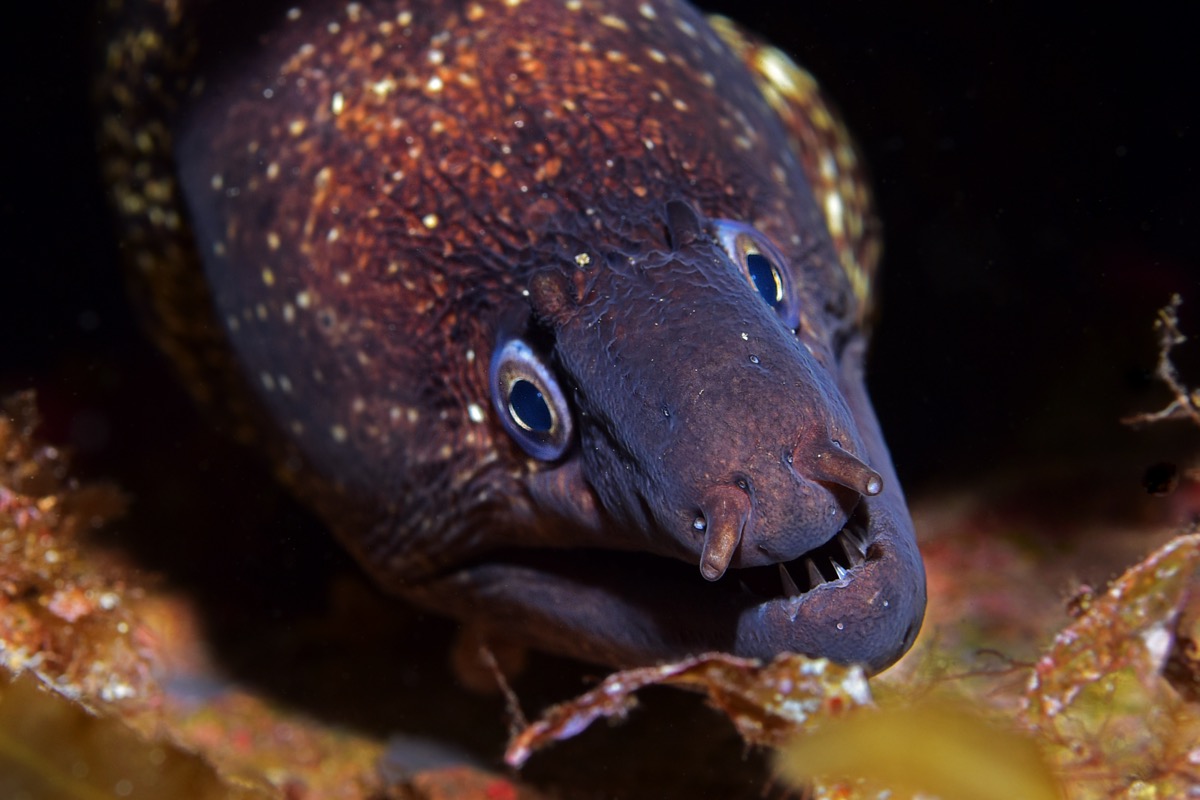
A Mediterranean Moray Eel
Despite the obvious wide-angle opportunities of the Arch, here we found some of the smallest jewels of Malta – Nudibranchs! Dazzling reds, pinks and blues against a fairly drab background helped us spot these tiny creatures. The Mediterranean is home to a number of species, and one of the local Dive Schools, DiveWise, has an instructor who is developing a full PADI Specialty on Nudibranchs.
After The Arch, it was time to venture out to the Rozi, a Tugboat that was built in 1958 and placed just off Cirkewwa in September of 1992. This wreck also sits in about 115 feet of water. On this day, a noticeable thermocline could be felt around 100 feet at the deck. The Rozi made for an enjoyable dive on an early September afternoon.
Words & Photos by Michael Salvarezza and Christopher P. Weaver
The Um El-Faroud was a 10,000 ton Libyan oil tanker that exploded while in dry dock in Grand Harbor, Malta on the night of February 3, 1995, killing 9 shipyard workers. The ship itself suffered structural damage beyond repair and three years later it was scuttled off Zurrieq on the west side of Malta. In the winter of 2005-2006, a heavy storm split the hulking wreck into two pieces and the split between the two sections is easily seen in the clear waters. The Um El-Faroud is a must-dive wreck sitting in 115 feet of water, with an average depth of about 90 feet.

The Um el-Faroud was split in two in a severe storm
We reached the wreck after a mid-water swim from the shore and descended to the bow section where we could easily access the bridge. Inside, staircases, windows and doorways beckoned, along with a kitchen area still set up for dinner! Lurking in the wreck’s compartments were Moray Eels, Conger Eels and other native marine life. The Um El-Faroud was so interesting we made two dives on her to satisfy our memory cards and our interest in sunken ships!
After several more dives around the island, we made our way to neighboring Gozo for another signature set of shore dives. Getting to Gozo from Malta is an easy 20-minute ferry ride that is usually arranged by the dive schools on the island. Our destination: The Inland Sea and the Blue Hole.
We arrived after a short drive from the ferry terminal and began preparing to dive. The Island Sea is a small lagoon that is separated from the open Mediterranean by a rocky partially submerged tunnel. Dipping our heads into the water of the lagoon, we found the water murky and uninviting, a clear deception from the wonders we were about to see! Once we descended into the tunnel, reaching the bottom nearly 80 feet below, the water cleared to an almost transparent quality. We slowly made our way through the swim through, pausing occasionally to examine the rocky walls and look for interesting marine life.
Once at the end of the tunnel to the Inland Sea, we emerged into the warm Mediterranean and began a traverse of the rocky reefs along the shoreline of Gozo. This is a unique and fascinating dive site and one of Gozo’s biggest dive attractions.
Our second dive on Gozo was at the Blue Hole, a beguiling dive site that is reached only after a difficult and, at times treacherous, walk in full gear over rough and slippery rocks. Still, the dive is worth the effort. This is a natural rock formation that has been carved out over the centuries by winds and waves, forming a hole in the rocky wall of the shoreline. When viewed from above, it looks inviting and easy but don’t be mislead! Take your time and be careful.

Divers emerge from the Blue Hole
Descending into the Blue Hole, we dropped to a depth of 45 feet before finding a magnificent archway which gave us access to the open sea. For technical divers, a large cave can also be found at the bottom of the Blue Hole.
After completing our dive, we surfaced to find a chaotic sea crashing over the rocks and creating a roiling situation the formerly sheltered waters of the Blue Hole. A significant storm, known as Mediterranean Storm Daniel, was throwing a heaving sea at us and we needed to quickly exit before conditions deteriorated even further. The Blue Hole had nearly trapped us!
There are many more adventures to be had in Malta. Technical divers can explore caves and deep water shipwrecks and there are many other reefs and wrecks to visit for recreational divers.
Some of these wrecks are considered historically important and the government of Malta has created an agency, Heritage Malta, which has a division known as the Underwater Cultural Heritage Unit (UCHU). That group is tasked with identifying, documenting and protecting these wrecks. Ancient shipwrecks from the time of the Phoenicians all the way to World War II planes, warships and submarines have been identified so far.
Malta considers the work of protecting and preserving its heritage to be of utmost importance, both above and below the water.
“In the case of World War II, for example, the relatives of people lost on these ships and planes still live here. It’s still real for them. Our work is about more than pride; it’s a moral obligation.” Says Julie Zerata, an Archeologist with the UCHU.
In addition, Malta’s Environment & Resources Agency (ERA) is dedicated to protecting the waters around Malta, and to date they have managed to create a number of Marine Protected Areas in the archipelago that, collectively protect about 35% of the water around the islands. The marine environment of the Mediterranean is experiencing challenges from Climate Change, human development, over fishing and invasive species. The work of the ERA is critically important in the fight to protect and preserve the magnificent undersea environment of Malta.

Malta’s Marine Protected Areas (courtesy of the Malta Environment and Resources Authority)
SCUBA diving, including serious technical diving, is seen as important by the government of Malta and is fully supported. There are a number of dive schools as they are known here throughout the country. DiveWise, in St. Julian’s, is extremely competent, safe and served as our base of operation. Catering to both recreational and technical divers, the dive shop runs like clockwork each day and is an excellent choice for your diving needs. They are conveniently located on the grounds of the Westin Dragonara, a hotel and resort that should be at the top of your list when looking for where to stay while in Malta. Besides the many amenities making for a comfortable and enjoyable stay, the dive shop is a simple short walk from your room: what could be easier!
Malta’s waters hold history and adventure beneath the waves. Divers who journey here end up thinking about the magical diving in the Mediterranean they experienced and planning their return. We are too.
• • •
Words & Photos by Michael Salvarezza and Christopher P. Weaver
- Cardinalfish can be found in sheltered areas of the reefs
- A variety of fish make their home in the Mediterranean near Malta
- The interior of the Um El-Faroud
- Don’t overlook the invertebrates
- Seagrass is an essential element of a healthy ecosystem
- Divers explore the Um El-Faroud.
- Rainbow Wrasse add a dash of color to the rocky environment
- Divers walk towards the entry for the Um el-Faroud wreck
- The historical fortification wall around the city of Valletta
- Divers prepare for a dive
- A Dusky Grouper
- Goatfish can be see rooting in the sandy bottom for food
- The Purple Mauve Jellyfish is an invasive species that packs a potent sting
- Author Michael Salvarezza makes his way to the Blue Hole
- Malta’s Blue Hole is an exhilarating dive
- The Painted Comber is an almost exclusively coastal fish
- Shore diving is made easy with handrails and easy access points
- The Cratena peregrine nudibranch is a colorful denizen of the Mediterranean
- Cannons on display outside the Maritime Museum of Malta
- A temple interior dating to 5000 BC
- The origin of the temples on Malta remains a mystery
- A view of Grand Harbor
- A vibrant purple Nudibranch photographed on the Rozi shipwreck
- Divers work on the site of a Phoenician era wreck (photo courtesy of the Malta Underwater Heritage Unit)
- Artifacts are carefully cataloged before removal (photo courtesy of the Malta Underwater Heritage Unit)
- A diver descends into the Blue Hole of Gozo
- Divers explore the Arch dive site
- Malta’s Marine Protected Areas (courtesy of the Malta Environment and Resources Authority)
- The wreck site of a Phoenician era ship (photo courtesy of the Malta Underwater Heritage Unit)
- A Mediterranean Moray Eel
- The wreck of the Um el-Faroud
- Divers emerge from the Blue Hole
- The Um el-Faroud was split in two in a severe storm
- Mediterranean Red Parrotfish
- Christopher Weaver explores the dramatic underwater landscape
- The remains of a B24 Liberator on the sea floor (photo courtesy of the Malta Underwater Heritage Unit)
- Author Christopher Weaver explores the Neptune Grass of Malta


